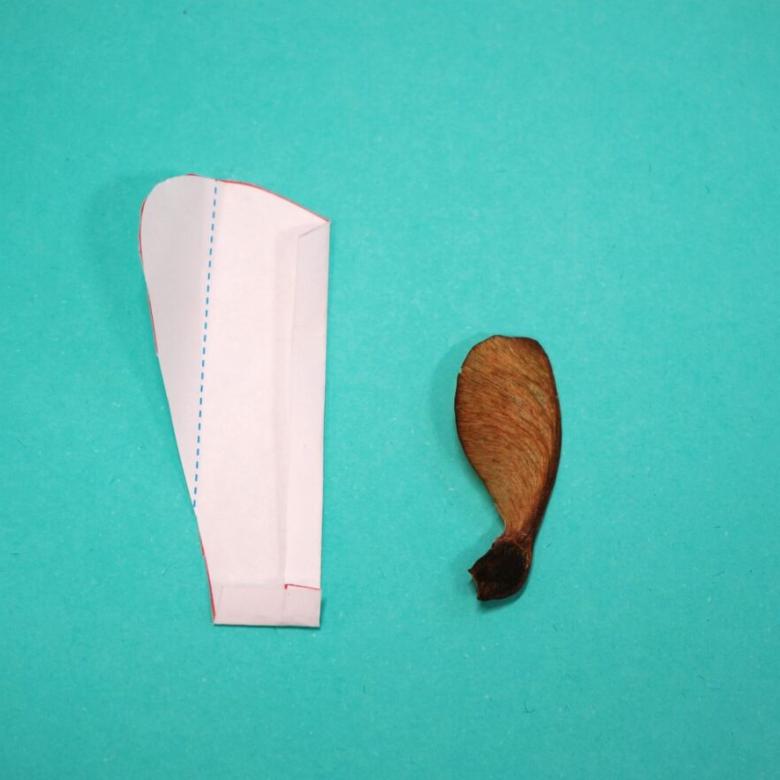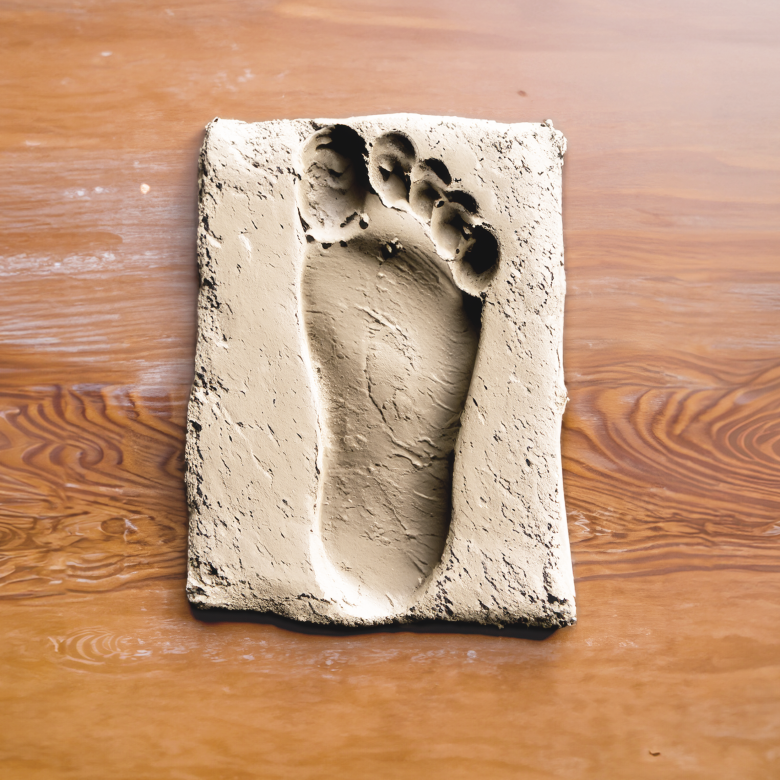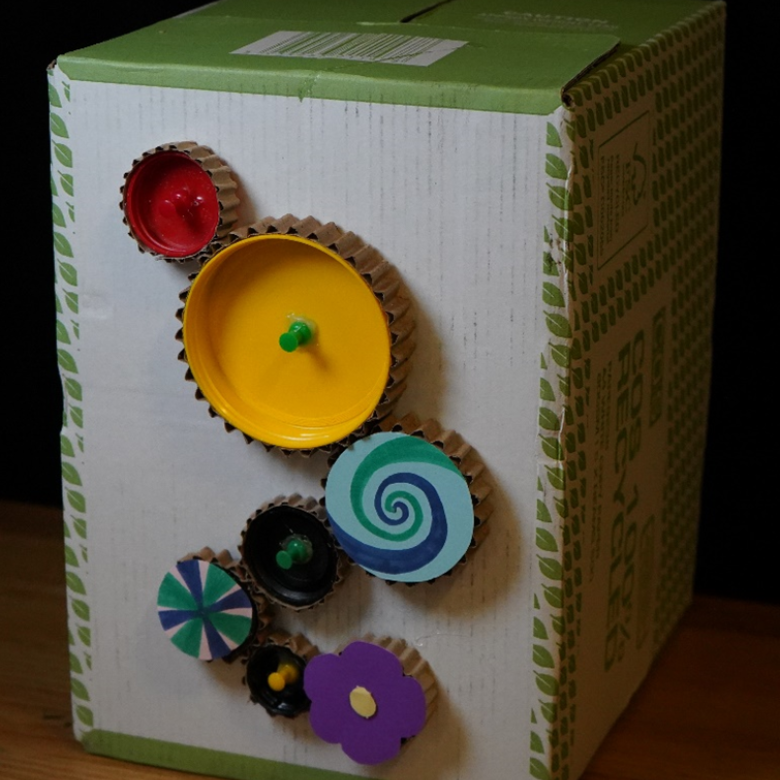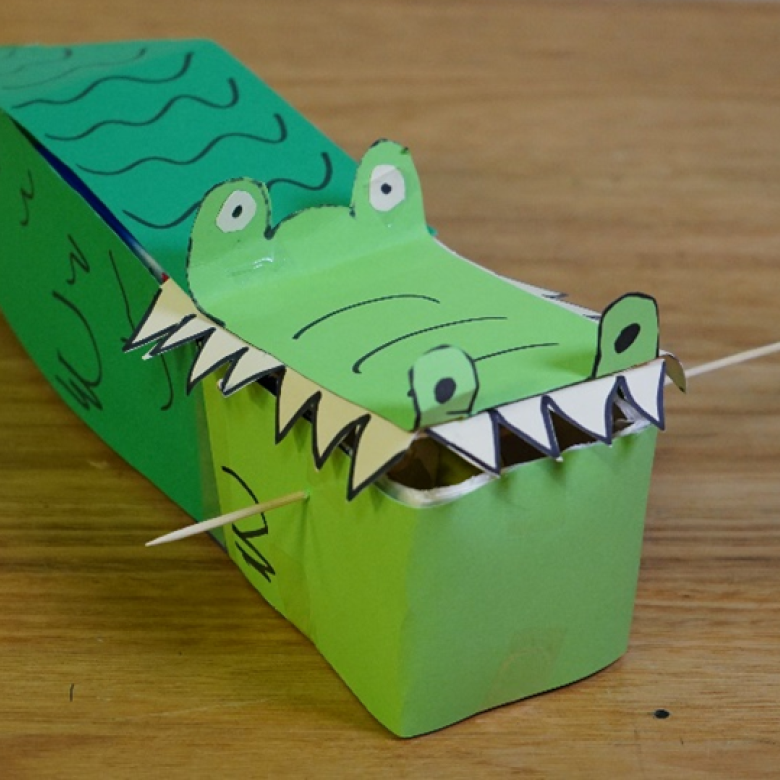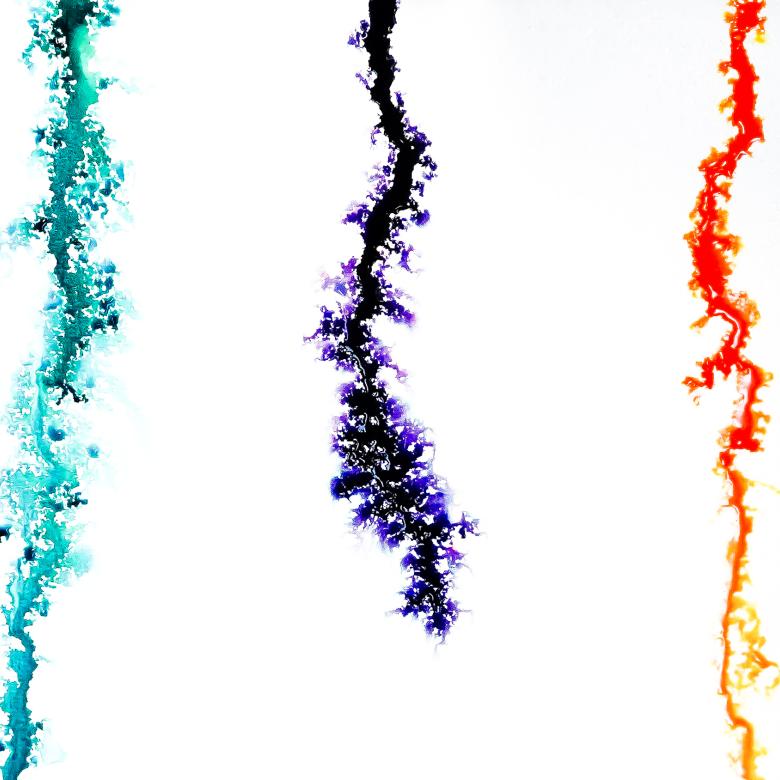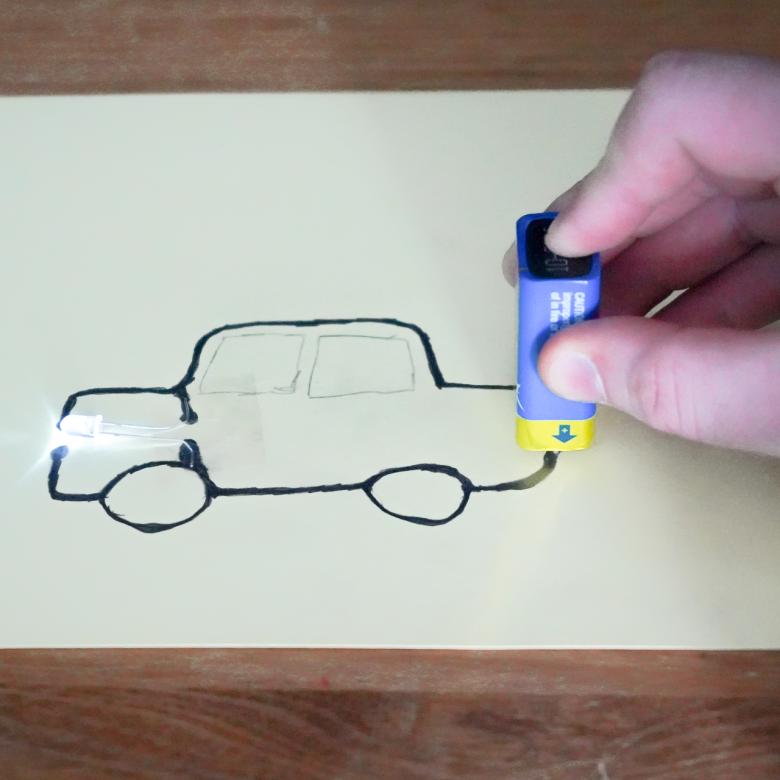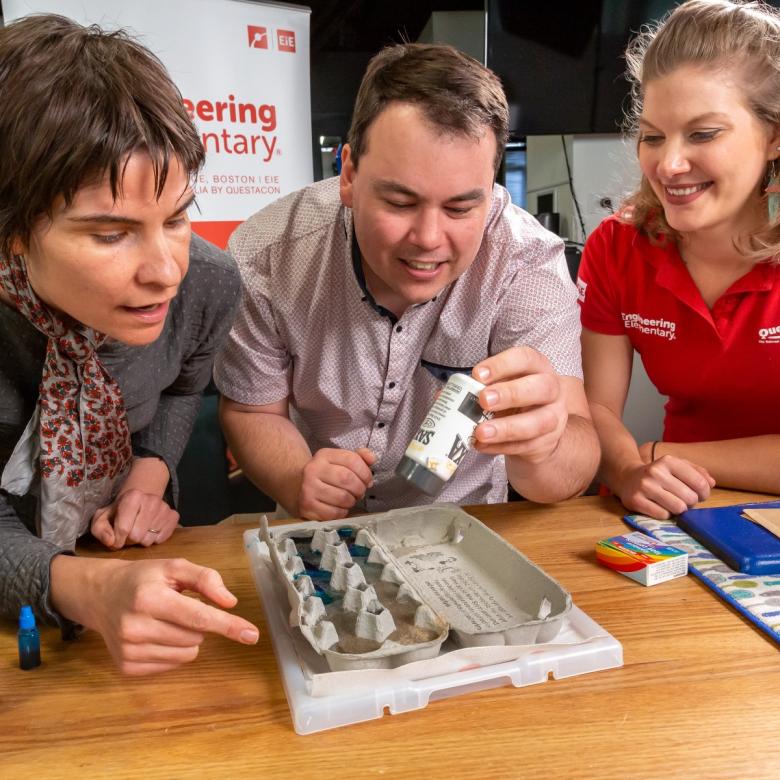I was 8 years old when I asked Santa for my first telescope.
Solange loves space. She always has. Growing up off-grid on a eucalyptus plantation in regional New South Wales, she spent a lot of time under the night sky looking up at the stars. Her deep fascination with space inspired her to study science and technology in high school, and then aerospace engineering at university.
At university, she met Sebastian. They were both interning at a satellite company in Sydney. They hit it off when they realised they shared a life mission – to send things into space.
Together they founded Cuberider, a program that allows high school students to design and program their own experiments on NASA‑approved hardware. The final product is then sent to the International Space Station to run the experiment. In 2016, their launch was the first ever Australian cargo to reach the International Space Station … and it wasn’t sent by scientists or engineers, but by teenagers from across the country!
Once the experimental hardware reaches the space station, the astronauts plug it in and the students’ pre-programmed experiments begin collecting data such as temperature, luminosity, images, ultraviolet radiation, magnetism, acceleration and more. The data is streamed back to Earth for the students to analyse.
Science is so broad, and needs all types of people to share ideas and put them into action. Designing a space experiment that’s never been tried before requires coding, maths and physics. But most importantly, it requires creativity. The results of Cuberider’s experiments have inspired all kinds of artistic and creative projects back here on Earth. The best results have been achieved by students working together, sharing ideas and combining artistic and analytical skills.
Good science requires creativity. It requires the artistic types to come in as well, and that’s where the best stuff happens.
Why it's important
Projects like Cuberider make space science accessible to more people, and inspire the next generation of scientists, engineers and creative thinkers. By collaborating across fields, the opportunities for discovery are endless.
Discover more stories about Enterprising Australians.
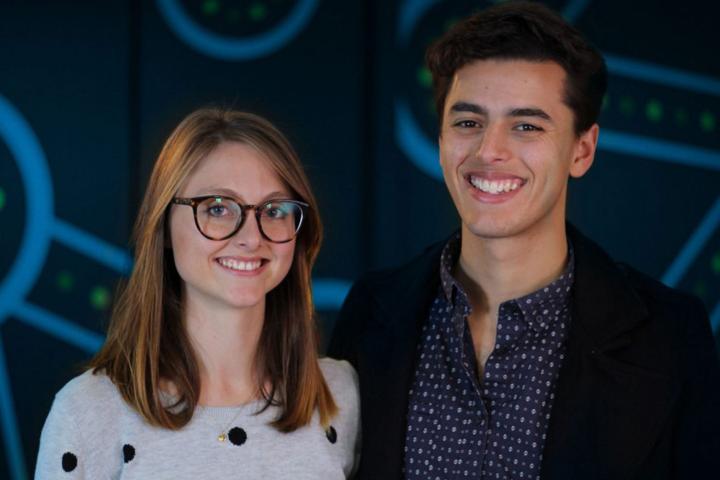
[Music playing in background]
[Solange is standing in front of a plain white background.]
Solange: Hi, I'm Solange. I'm 23, and I created Cuberider.
[A waving cartoon hand appears on the right side of Solange, then a thought bubble with a cube labelled “Cube Rider” appears on her right]
The very first Australian space mission to the International Space station.
[Hand cartoon disappears, replaced with an outline of Australia. The Cube Rider drawing has rocket fins and flames added and ‘flies’ up the screen, cartoon stars and International Space Station appear in the background].
Cuberider's mission is to enable high school students around Australia
[Cube Rider image loses fins, gains superhero outfit. Background disappears, replaced by an outline of Australia with cartoon students inside].
to conduct experiments in space.
[Cartoon students are now on a space background, with another cartoon figure watching them from a cartoon spaceship].
On our first mission in 2016, over 1000 students from 60 schools around Australia
[Previous cartoons disappear. The words “Over one thousand students from over 60 schools around Australia” appear in the background, large crowd of cartoon students appear at bottom of screen]
learnt to code and do their own space experiments.
[Previous cartoons disappear. A cartoon student types at a computer on right hand side, binary numbers start flowing out of the computer to the left, where another student and a large beaker, both surrounded by stars, appear]
Growing up, I loved space and tinkering.
[Previous cartoons disappear. Cartoon of a heart-shaped planet with ring around it (resembling Saturn) and stars appear on the left. Cartoons of a battery, an electrical device with wires coming out of it, and a pair of pliers appear on the right]
Today, I combine these loves to inspire the next generation.
[Battery and heart-shaped planet combine into the Cube Rider cartoon, rest of cartoons disappear. Outline of Australia with celebrating students in it appears on the right]
If you have something that you're passionate about that inspires you,
[Previous cartoons disappear. Carton student holds up a heart, stars appear in background, cartoon student celebrates]
Anything is possible. Even rocket science.
[Cartoon student has a rocket come up from underneath it and lift up the screen, out of frame].
[Enterprising Australians Logo]
[Music playing in background]
Solange: I grew up under the night sky, and I’ve obviously innately loved you know, space. I was eight years old when I asked Santa for my first telescope.
We looked back at what inspired us, my co-founder and myself and it was really space that got us into science and into technology. We were like, why don’t we just use what inspired us to help inspire the rest of the nation?
Cuberider is a science education program that makes science fun and exciting so instead of going to your science classroom, you go to mission control and make your own space mission using NASA hardware.
Over a six month period, students go through an entire process. They have to go through training. They’re actually learning all about the physics, they’re learning about the sensors. They have to, you know, learn how to code, learn how to process data.
At the end of six months they submit their space experiment, it gets tested over in Houston, loaded up on a rocket, and sent out to the International Space Station. The astronauts unpack it, plug it all in, get it all running and going.
Some students are actually doing stuff that hasn’t actually been done before. Things like measuring to see if the solar flares affect the speed of the International Space Station, or seeing if there’s accumulation of radiation in little magnetic field potholes throughout Earth.
And then murals and paintings and songs that the students are creating all from space data that they’ve collected themselves as well.
Good science requires creativity, and it requires the artistic types to come in as well and that’s when the best stuff happens, so I love seeing that happening in the classroom.
[Enterprising Australians Logo]


